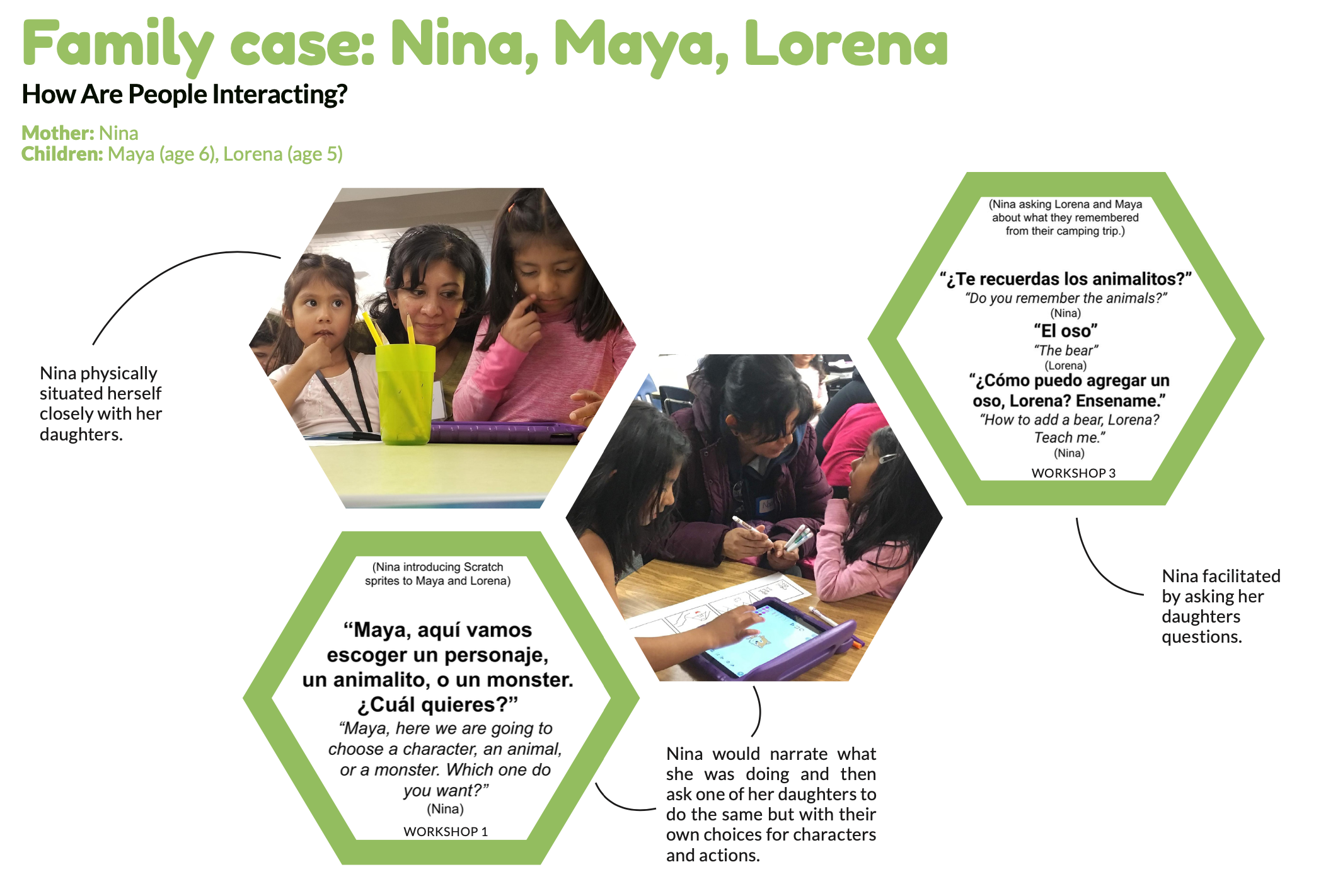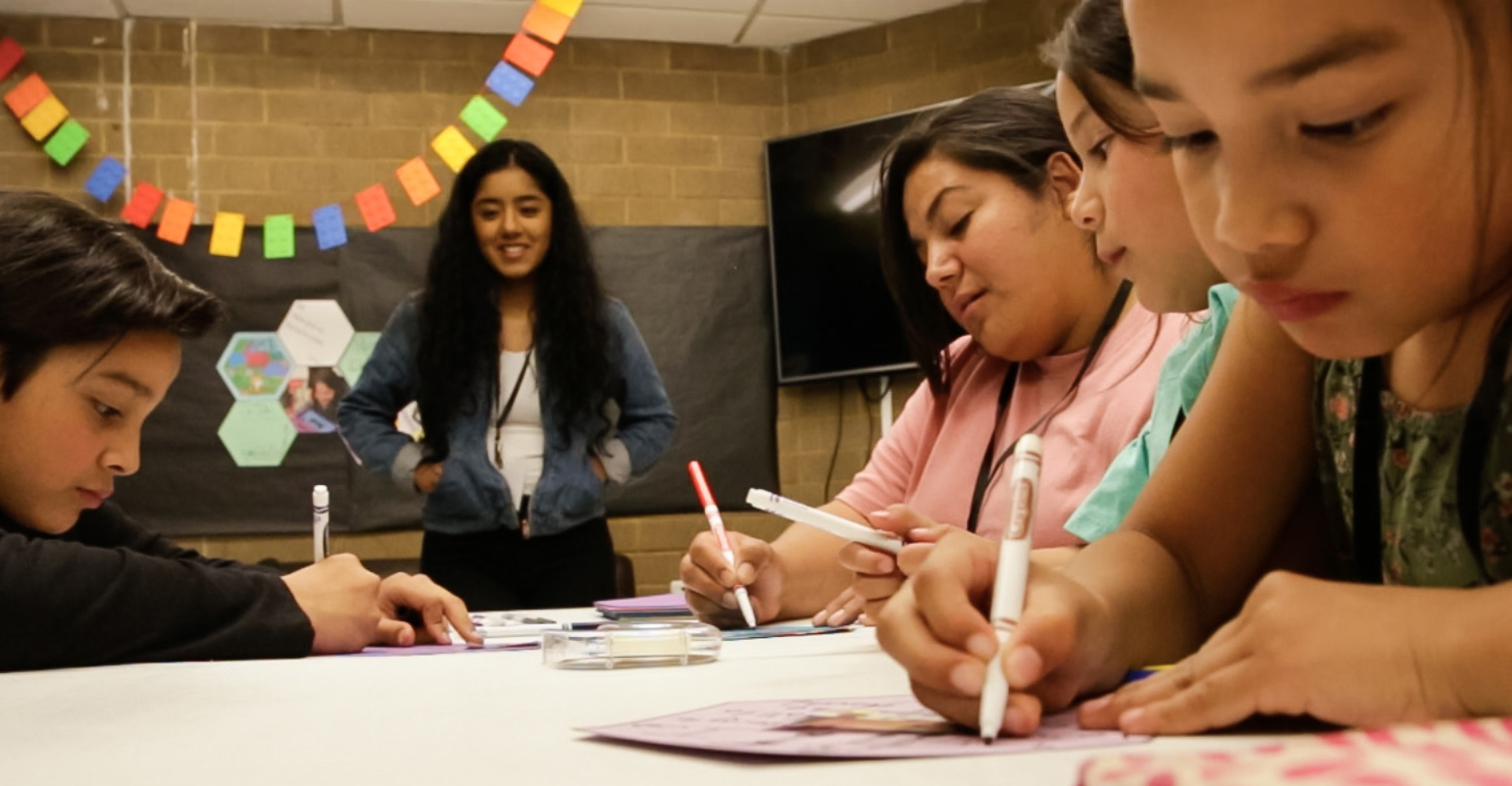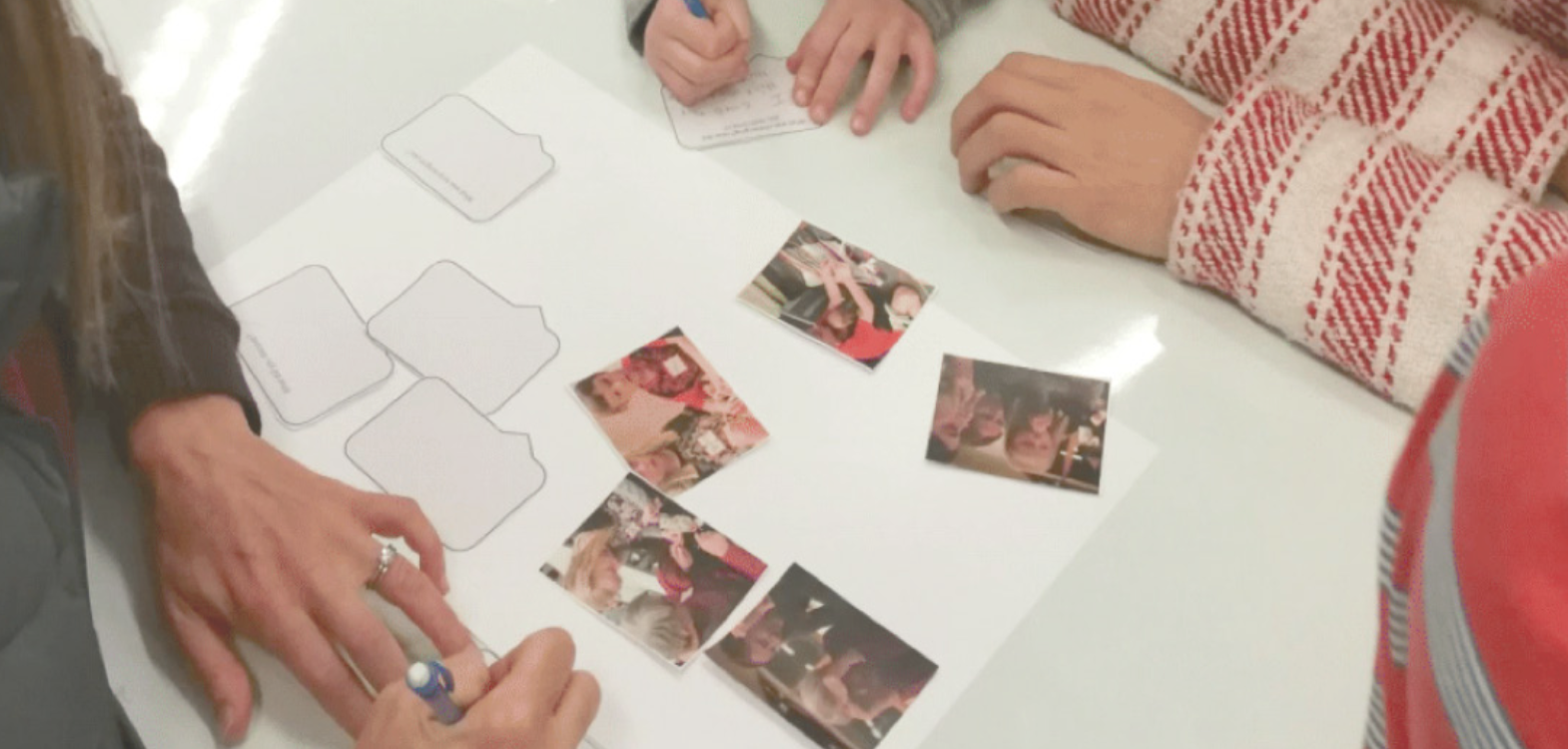Making Learning Visible
Team members: Ricarose Roque, Mariana Tamashiro, Celeste Moreno
“How can we help children find the meaning of what they do, what they encounter, and what they experience? How we can do this for ourselves?” - President @ The Foundation Reggio Children Centro Loris Malaguzzi, Reggio Emilia
Our team has been inspired by the Reggio Emilia approach to making learning visible as alternative, more sociocultural approaches to assessment and documentation that is responsive to children’s inquiry and collaborative process. The Reggio Emilia approach to documentation is “an act of caring, an act of love and interaction”—echoing other sociocultural frameworks that situate learning as relational, built on caring and cultivated relationships. Documentation plays a critical role in demonstrating this strong image of the child. Documentation through images, dialog, artifacts, and other media allow educators to communicate to key stakeholders (e.g. families, community members) the experiences of children and the value of what and how they are learning. It is also an opportunity for teachers to reflect on their practice, learners’ experiences, and the design of their activities.
With these inspirations, we have been experimenting with making learning visible to children and their families as well as to the facilitators that participate in our constructionist learning contexts. We have design explorations have included visual trajectories informed by ethnographic data analysis, families and facilitators creating collages, and public exhibits of documentation curated by facilitators.





As we conduct these design explorations, we also study families’ and facilitators’ experiences with documentation. We have found that it’s been an opportunity to engage in collective sense making around learning. Families can see themselves in action and reflect on what they did together and why. Facilitators engage in deeper noticing and listening to children and families, expanding their conceptions of what learning looks like and who can be learners. We continue to explore possibilities with documentation and continue to examine families’ and facilitators’ experiences.
Relevant publications
Roque, R. (2023) Imagining Alternative Visions of Computing: Photo-Visuals of Material, Social, and Emotional Contexts from Family Creative Learning. In the Proceedings of the ACM Interaction Design and Children (IDC 2023) (pp. 68-81) Chicago, IL.
Blog Post: Moreno, C. (2022) Iterating on Documentation in Family Creative Learning.
Roque, R. & Tamashiro, M. (2022) Making Learning Visible in Constructionist Learning Contexts. In the Proceedings of the ACM Interaction Design and Children (IDC 2022) (pp. 69-81) Braga, Portugal.